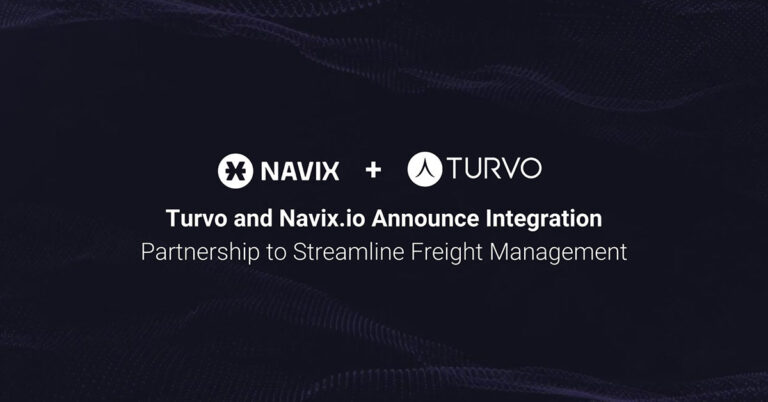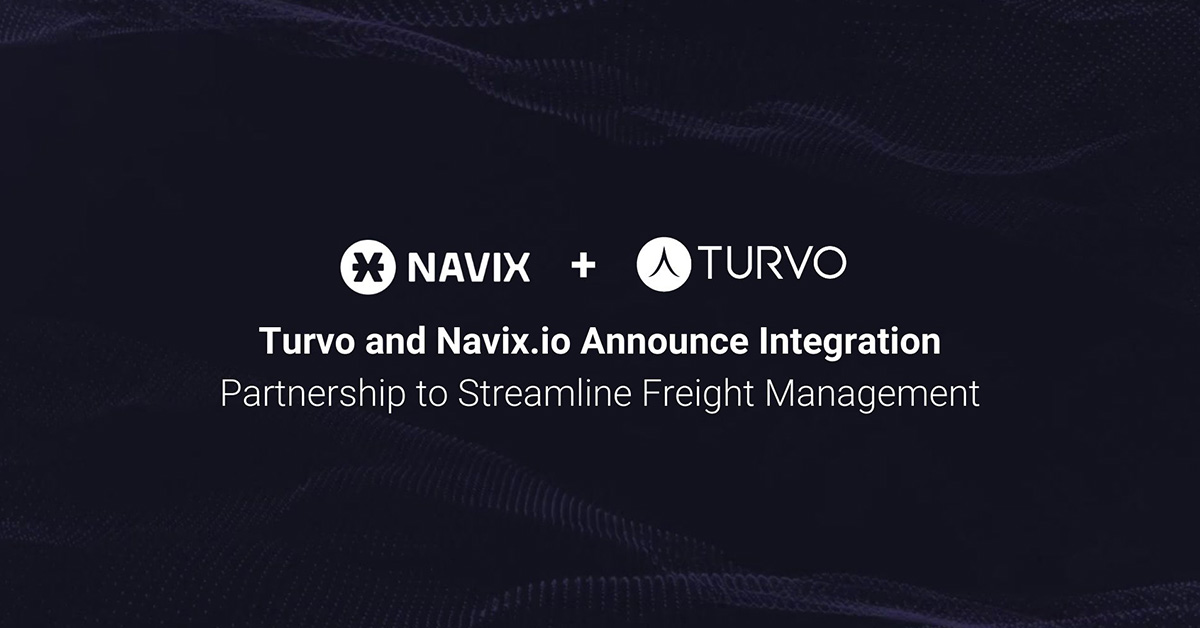Carrier scorecards refer to the overall “grade” assigned to carriers by shippers and supply chain partners. These grades rate the performance and business health of carrier relationships, as well as their typical costs and more. Unfortunately, it can be hard to measure carrier performance with outdated supply chain systems. After all, the adage is true: you cannot improve what you cannot see. Furthermore, the scorecard should be a living document that reflects real-time information, but that’s rarely the case. Regardless, the need to track data is essential to making informed decisions and to improve collaboration in supply chain. As explained by Steven Prince of Inbound Logistics:
“While transportation service providers vary in size and ability, having an overall strategy to track carrier performance can drive long‐term operational and financial stability. By relying on simple data captured over time, over‐the‐road shippers are better positioned to make informed decisions on‐the‐fly or in future bids to ensure their desired mix of cost, coverage, and performance.”
Shippers and logistics service providers (LSPs) need to follow these five steps to build the scorecard and put it to use.
Automate Granular Data Collection on Customers and Carriers
The first step is obvious. Supply chains need to start collecting data. It’s easy to collect data from within the confines of a specific warehouse or your fleet, but how can parties track data once shipments leave the dock?
The answer to that question is where the real work of building the scorecard begins. Companies need to connect to the systems of their supply chain network partners, including carriers, LSPs, freight brokers, forwarders, and third-party logistics providers (3PLs). Connecting with these entities is critical to collecting the data needed in real-time for creating an accurate scorecard by automating data collection that is then assembled into an easy to view dashboard.
Continuously Analyze Data to Understand Weaknesses
Data in its raw form lacks value and insight. It’s nothing more than a series of numbers and facts. However, analytics, using advanced algorithms, can help companies understand data. For instance, the occasional four-minute delay with Carrier A might not seem like an issue. But that delay applied across 600 shipments is 2,400 minutes or 40 hours. That’s the equivalent of an entire workweek for one staff member, and if at a rate of $20 per hour, it’s $800 lost. Now, imagine the sheer volume and costs if those 600 shipments are applied on a weekly basis. Can your organization afford an extra salaried worker when a cheaper, more competitive carrier can deliver on time?
Not really, and no company should have to make that choice. That’s why building the carrier scorecard is so important. It helps companies realize the weaknesses in carrier performance that are not immediately visible. Of course, companies have known about this value for years, and entire teams have been devoted to analyzing carrier data annually for the creation of the next year’s scorecard. But what happens when the carrier falls behind? What happens with the shipments and opportunities to save money? They vanish—plain and simple.
Use Real-Time, Analytics-Driven Insights to See the Whole Picture
The key to successful deployment of analytics in building a carrier scorecard depends on the timeliness and accuracy of data. As data ages, it loses value. Yes, it’s possible to build a scorecard with outdated data, but what’s the real value in that?
There is none.
Instead, companies need access to the real-time view and performance of carriers. Everyone is entitled to a bad day, and that may not be an issue for most shipments. But if the carrier performs highly from January through September and falls through the floor during the busiest and most important months surrounding the holiday season, the relationship could be costing much more than leaders realize. What’s worse is that these problems go unnoticed and lead to problems with attaining scalability, securing available resources to reach more customers, and additional issues.
Real-time data analyses view the whole picture and update results in real-time. Instead of working on an outdated scorecard for making shipping decisions, companies can rest assured that their decisions are based on accurate, timely, and relevant information. Above all else, remember this fact: making decisions on bad data is worse than not using data at all. Outdated scorecards are simply bad data documents.
Apply Carrier Scorecard Data to Hold Carriers Accountable and Make More Profitable Shipping Decisions
The scorecard shouldn’t be a physical, hold-it-in-your-hand document. Instead, it should be a reliable resource that intuitively reveals performance issues through easy-to-identify markers. For instance, Turvo’s carrier scorecard dashboard will show carriers highlighted in red who are underperforming your set service level benchmarks when scheduling a shipment providing instant insight on which carrier to use or not. Further, the analytics dashboard guides leaders to know which carrier will be the most cost-effective for each shipment, and applied across thousands of shipments, this type of application allows for unmatched business performance improvements.
Take what Ryan Pamplin, Director of Innovation, Taimen Transport LLC., had to say about the single-pane-of-glass capabilities and the value of Turvo’s make-it-for-you decisions based on data:
“Centralized planning and execution, carrier network management and freight matching, or advanced visibility and reporting have been the staple features in many of these systems. Due to the large investments those products required, costs had to eventually be passed through to customers or squeezed out of carriers. Today, freight technology is evolving at a rapid pace many legacy propitiatory systems struggle to keep up with. Customers and employees are demanding more. The leadership team at Taimen believe our partnership with Turvo enables us to compete with the biggest companies in the industry. We have been blown away with the functionality and interface of the product matched with the talent and support of the Turvo team.”
Those functions are all describing the ability to apply data in the right way, and it includes holding carriers accountable through an embedded, accessible, and updated scorecard.
Automate Carrier Scorecard Creation at Last by Partnering With Turvo
Turvo built the industry’s most updated, intuitive, and comprehensive collaborative logistics space, and as a result, that connected resource transforms the outdated hassles of scorecard creation into a turnkey process. Learn more about how your organization can kickstart carrier scorecard building by visiting Turvo online today.








